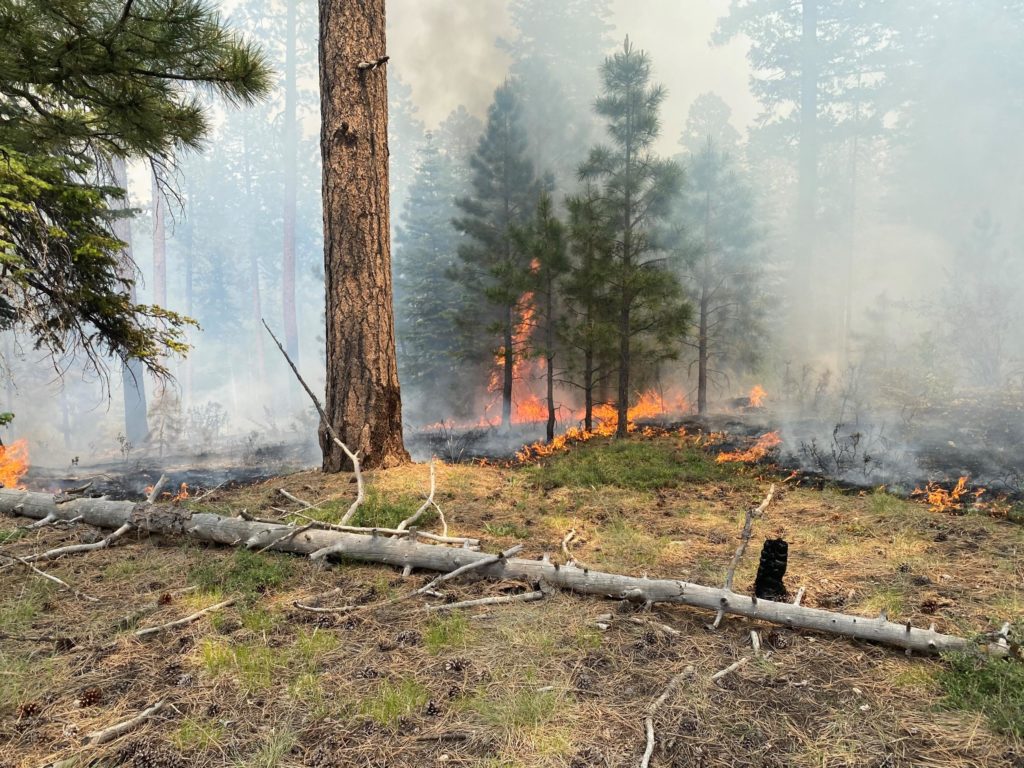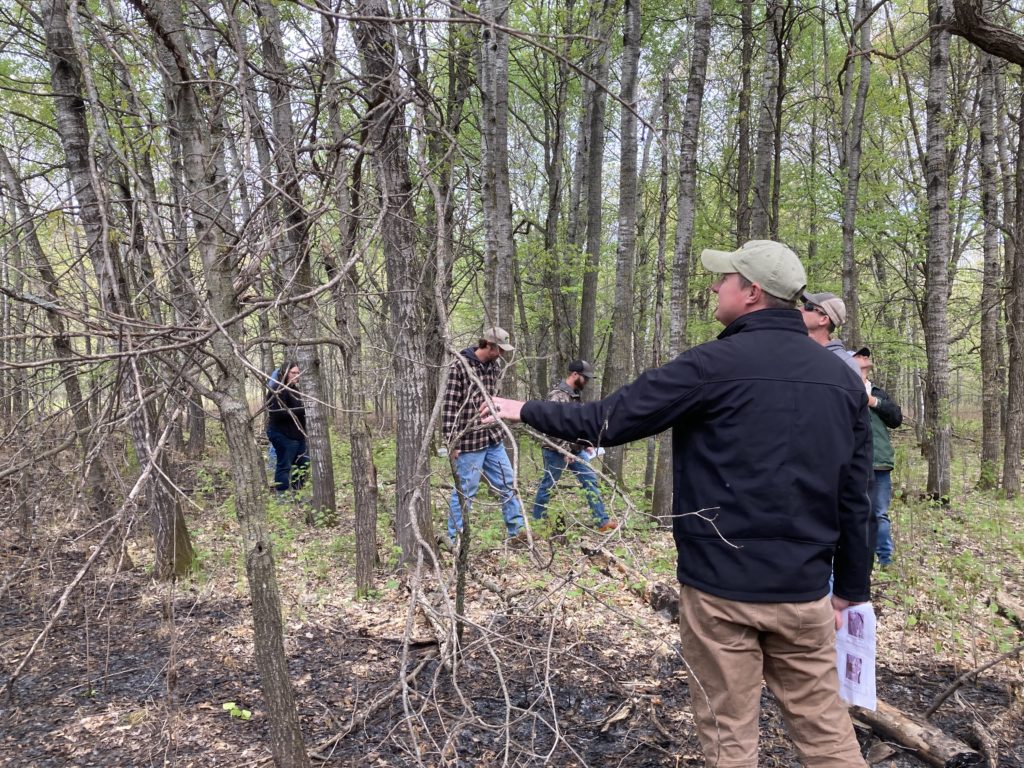Bringing Experience and Innovation to Wildfire

Three Lakes Wildfire
Written by Zander Evans
Wildfires have already burned over 5 million acres this year. Currently, nearly 29,000 people are working to control 77 active wildfires in the U.S. One fire in California, the Park Fire, has covered nearly 430,000 acres – an area larger than the city of Houston, Texas. Guild members know that fire has an essential role in forested ecosystems, but we also know that many wildfires are now burning with uncharacteristic severity, destroying homes and causing irreparable ecological damage.
The Guild brings our ethical foundation, place-based experience, and innovative mindset to wildfire challenges. We are supporting communities to reduce the threat of wildfire, training the next generation of fire managers, implementing forest resilience treatments, advancing fire science, and educating national decision-makers about policy solutions.
As part of the Fire Adapted Communities Learning Network, the Guild is working with community leaders to identify how residents can work together to make their homes and towns ready for wildfire. We collected and contributed to a donation of several thousand dollars to help one of the communities we work with, Ruidoso, recover from a devasting combination of wildfire and flooding.

Camp Ripley prescribed burn
The Guild’s Polly Weigand helped host the inaugural York County Maine Wildland Fire Academy in June (see the article about this in this e-newsletter edition). In New Mexico, another season of the Forest Stewards Youth Corps (FSYC) is starting this week. By November, a new cadre of stewards will have the skills, ecological knowledge, and qualifications to be wildland firefighters. On the landscape scale, the Guild is a key partner in restoration and resilience implementation in places like the Zuni Mountains and the Rio Chama watershed. This means mapping treatment prioritizations, assessing stand conditions, working with loggers, leading and supporting efforts to put good fire back in the forest, and monitoring results. The Guild is helping with similar, ecologically motivated thinning both to increase resilience to southern pine beetle and reduce wildfire threat in the Massabesic region of Maine.
Importantly, we work hard to share what we’ve learned with others struggling with the same issues. For instance, a series of peer-learning discussions that shared successful tactics for implementing the federal Wildfire Crisis Strategy. Key take-aways included the challenge of implementing at the stand scale while ensuring landscape impacts. One solution was to build transparent partner engagement, at a range of scales, to accommodate local to national partners while minimizing meeting overload. The recent influx of federal funding has highlighted the need for multi-year grants and contracts to help organizations ramp-up over time. Successful efforts have found ways for new funding and priorities to tie into existing strategies such as Community Wildfire Protection Plans or Collaborative Forest Landscape Restoration projects.

Pile burn by the Guild in New Mexico
Along with our partners in the Wildfire Resilience Coalition, the Guild is taking these lessons learned to decision makers in Washington, DC. Thankfully, stewardship resonates with all political parties and our solutions are non-partisan. Building a resilience workforce and a sustained response to the wildfire challenge make sense to everyone when supported by science and real-world experience. Over the last year, the Guild’s Southwest Director, Esmé Cadiente led the Wildfire Resilience Coalition to advocate for wildland firefighter pay raises, which both House and Senate appropriations bills now include!
Wildfire is a perfect example of how the Guild combines practical experience, ecological understanding, innovative science, and an ethical commitment for holistic solutions. We are better able to support community resilience because we are well-versed in the latest fire science. Our FSYC training builds on real world experience with fire management and we have plans to get them hands-on live fire experience on Forest Service, Tribal, and Guild led burns before they finish the program. Through the Joint Fire Science Program Knowledge Exchanges, the Guild both contributes to and shares the latest fire science. Our policy work is firmly founded on science and our work in the woods. Each facet of Guild programs reinforces the others.
